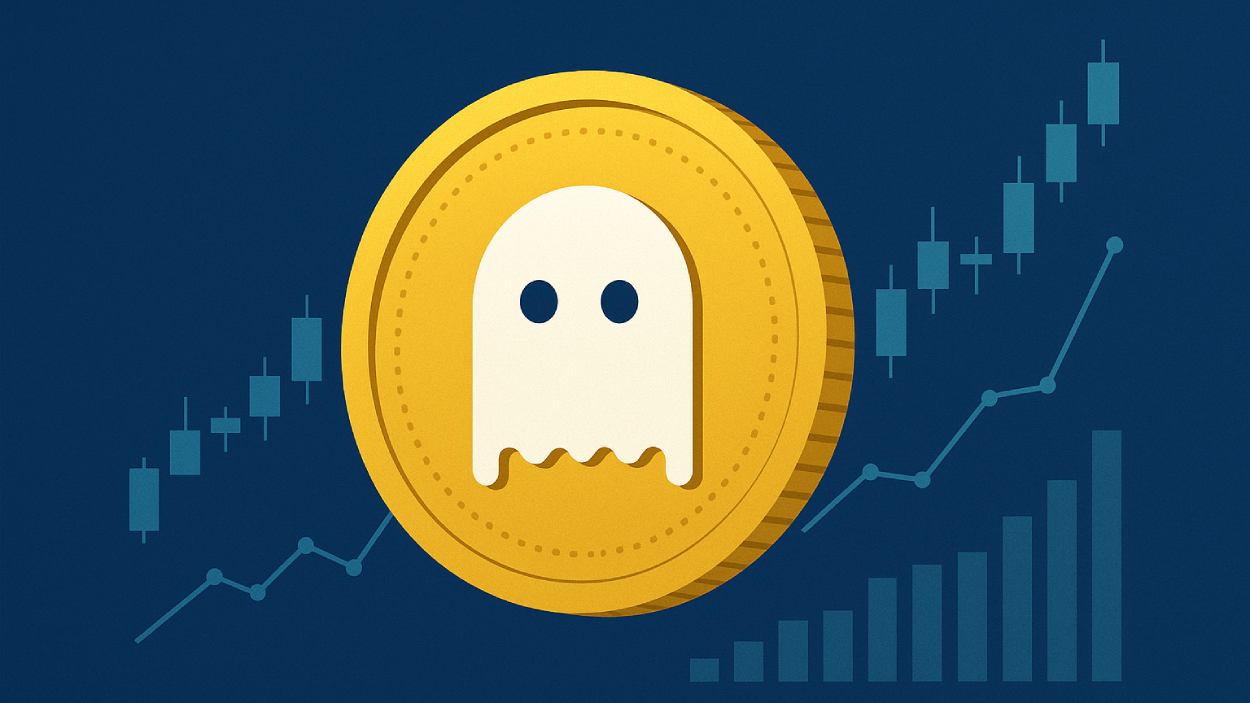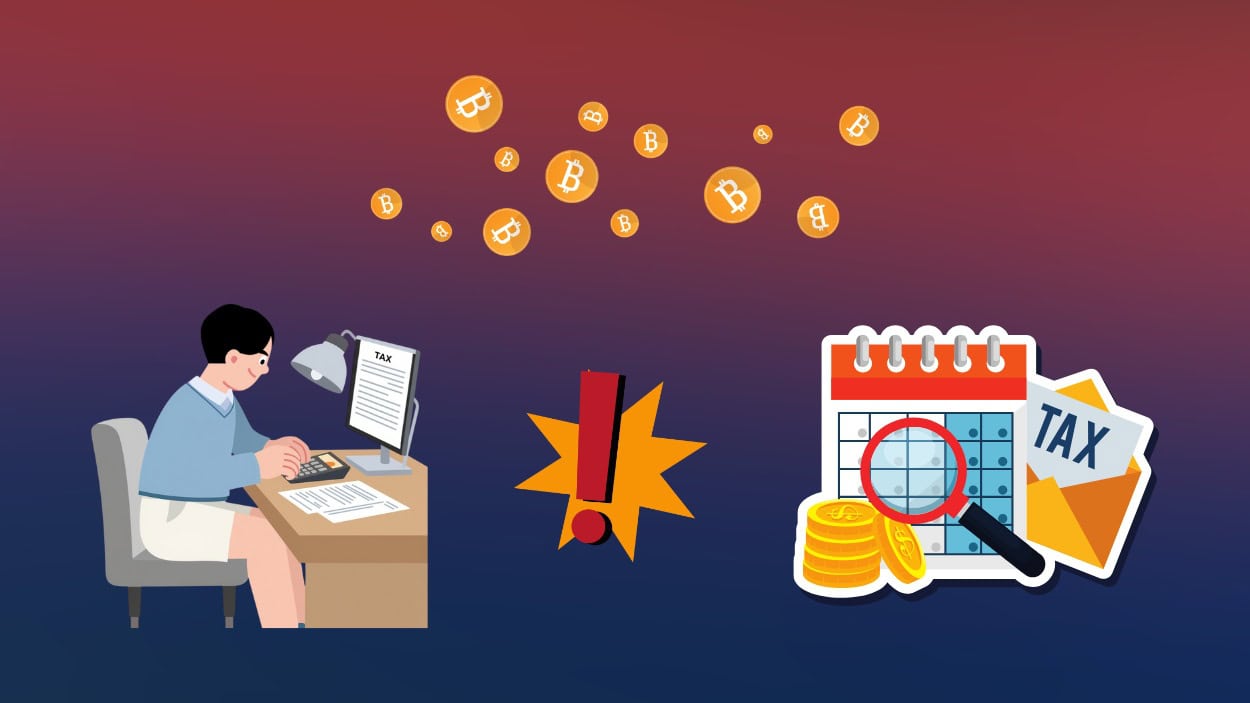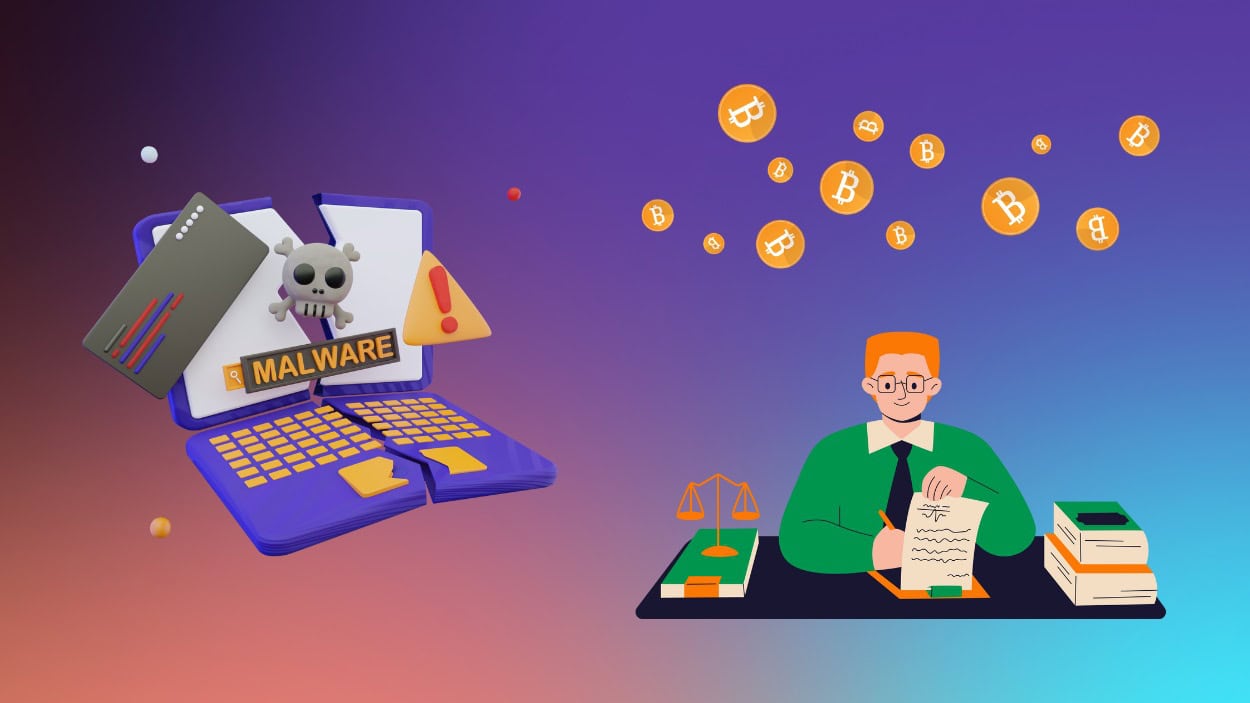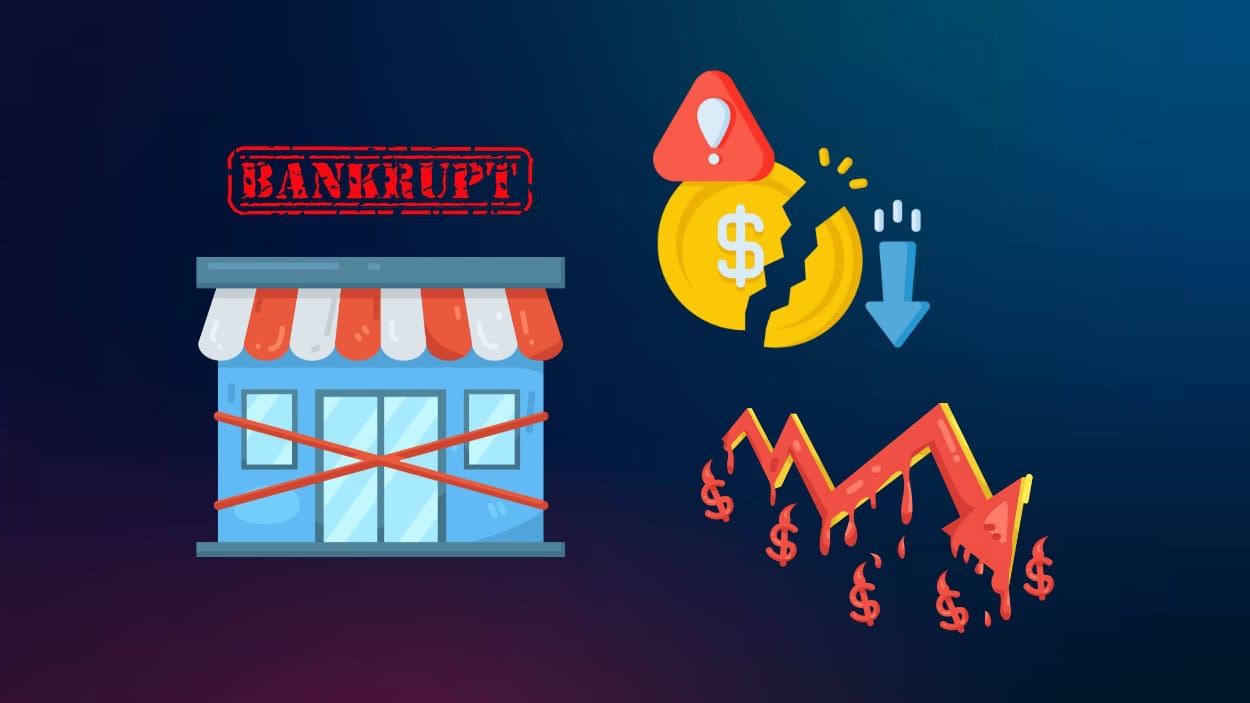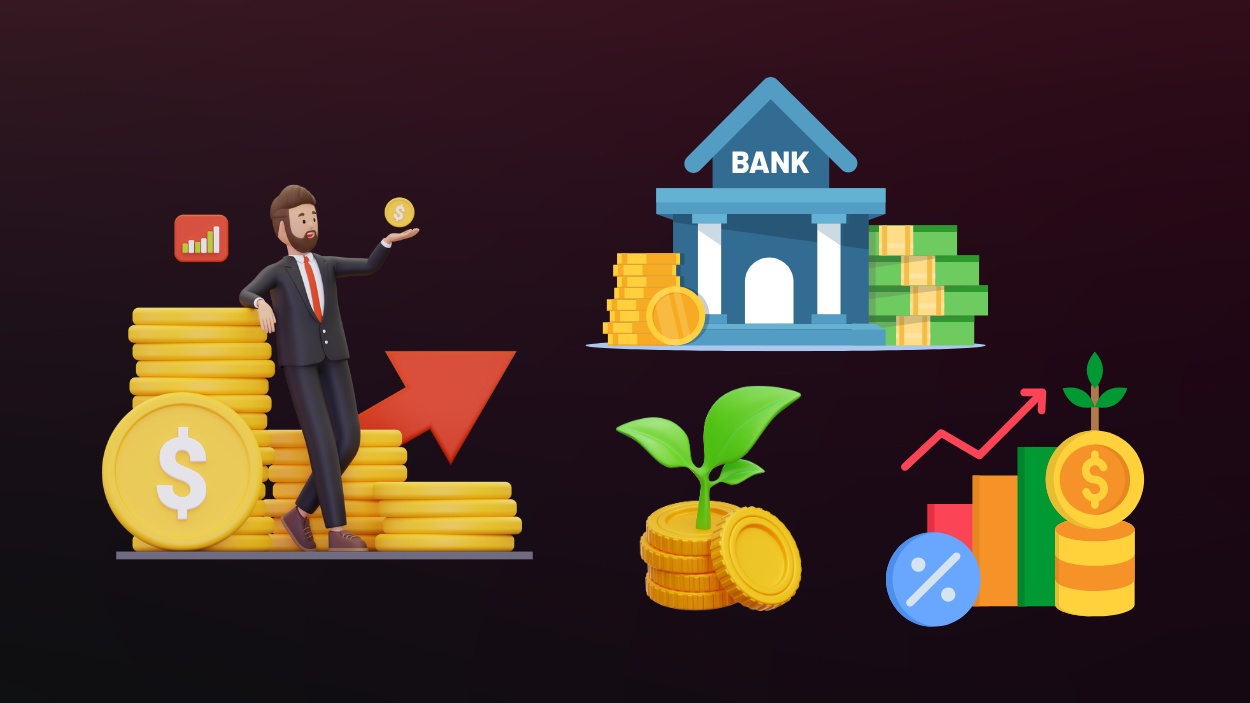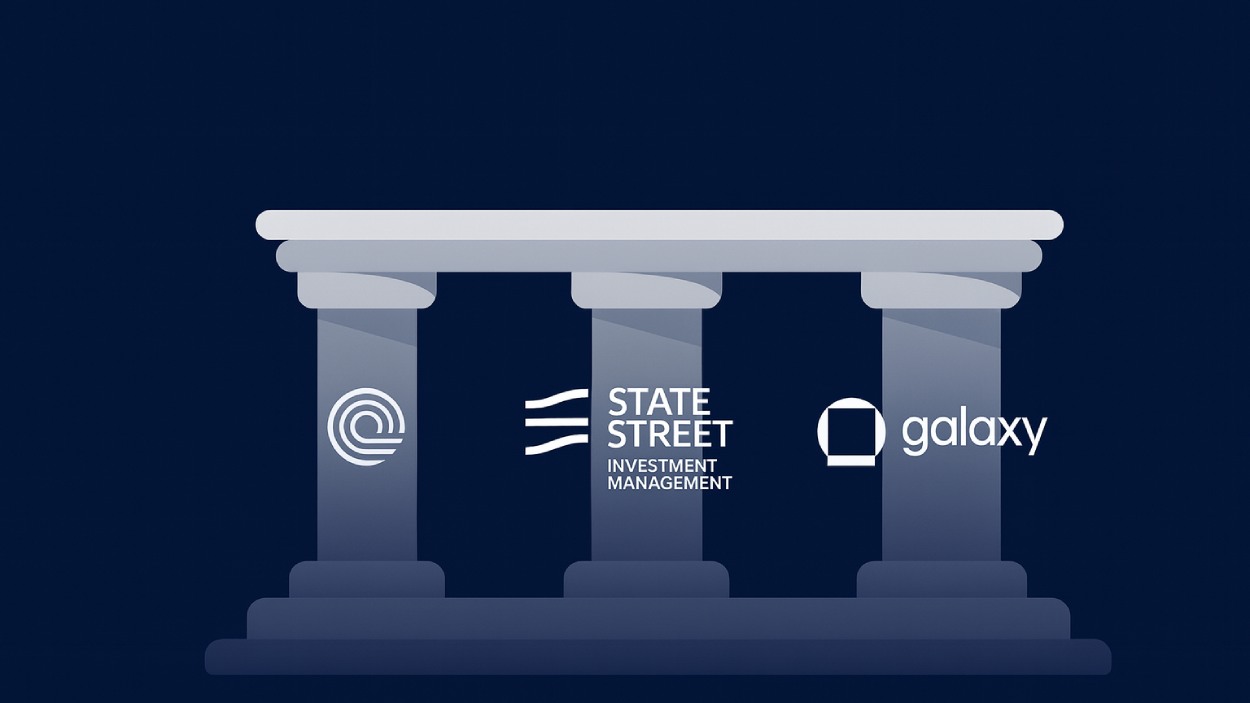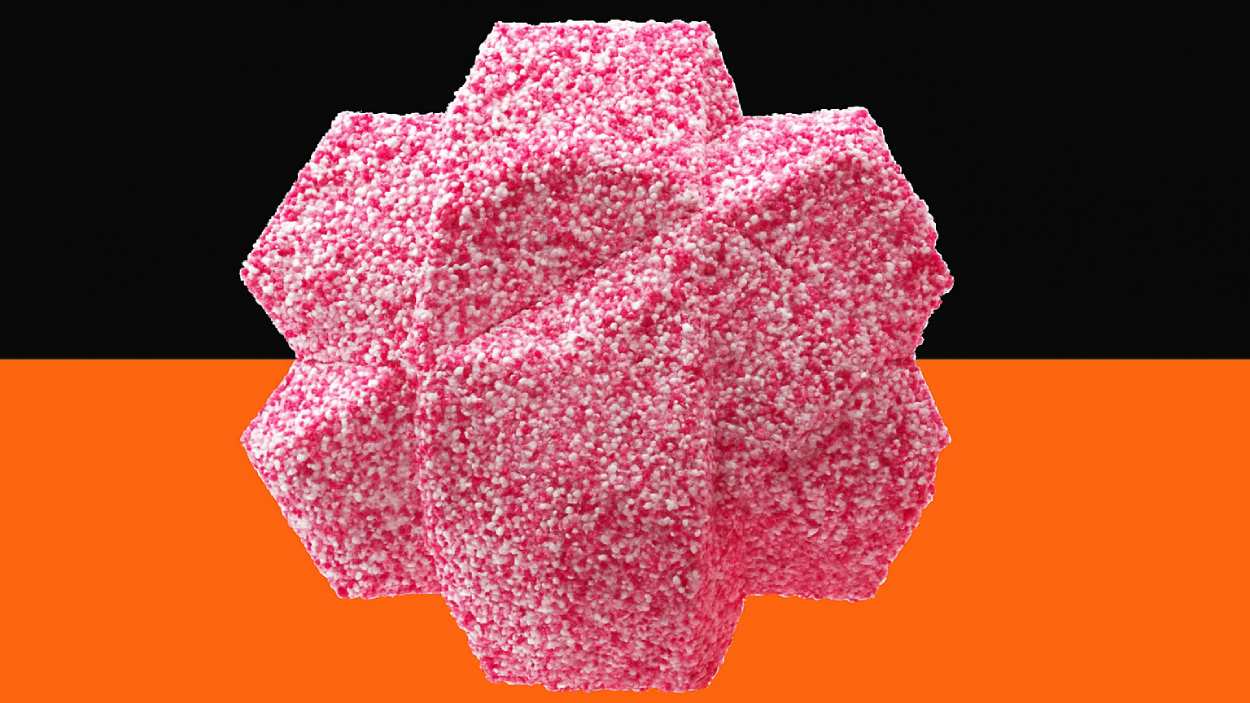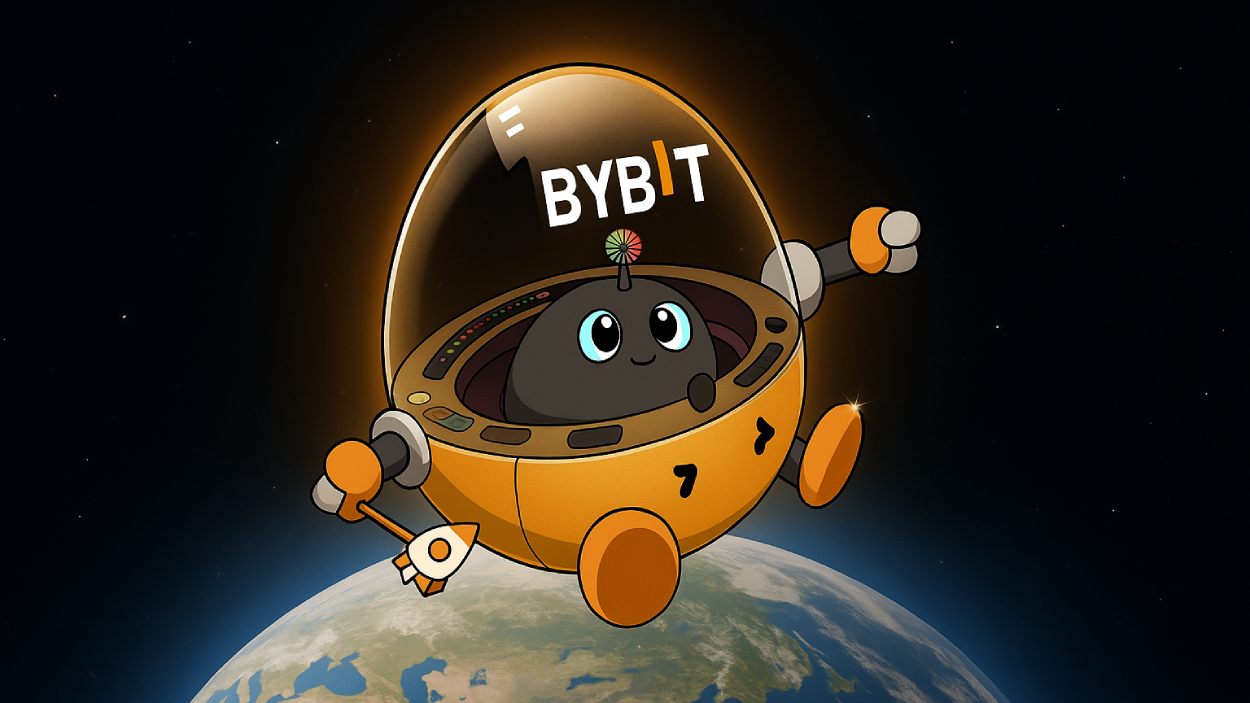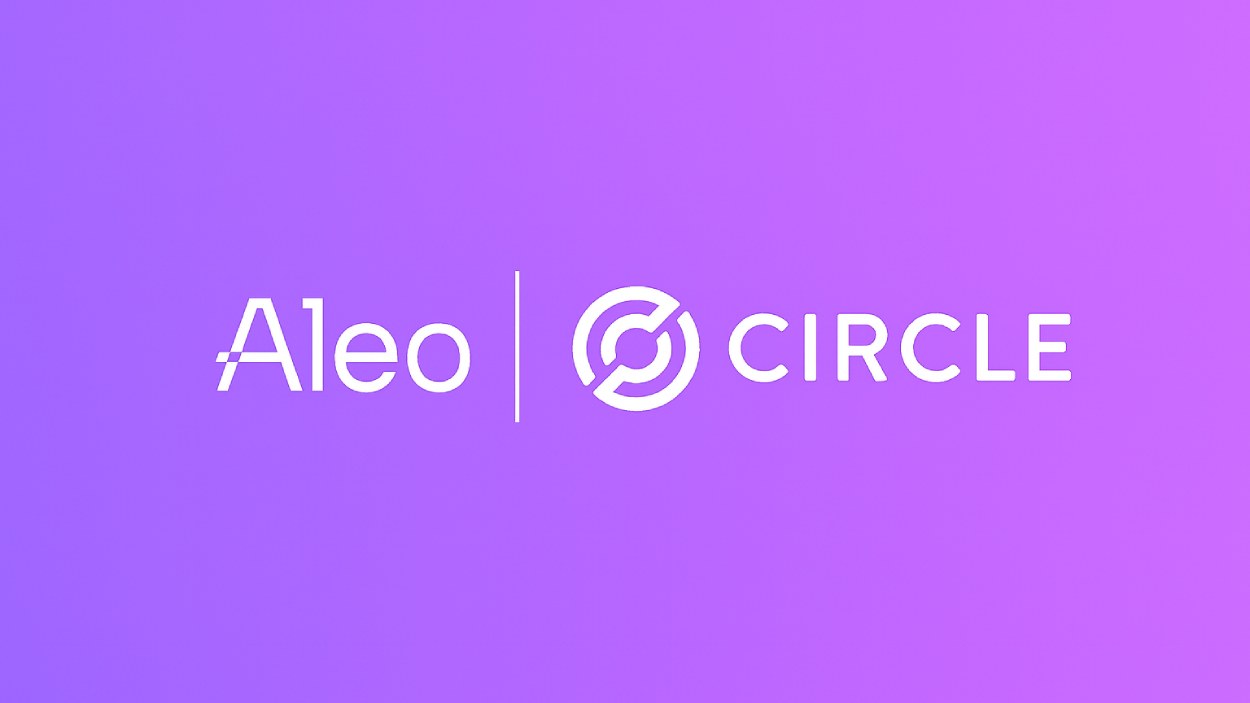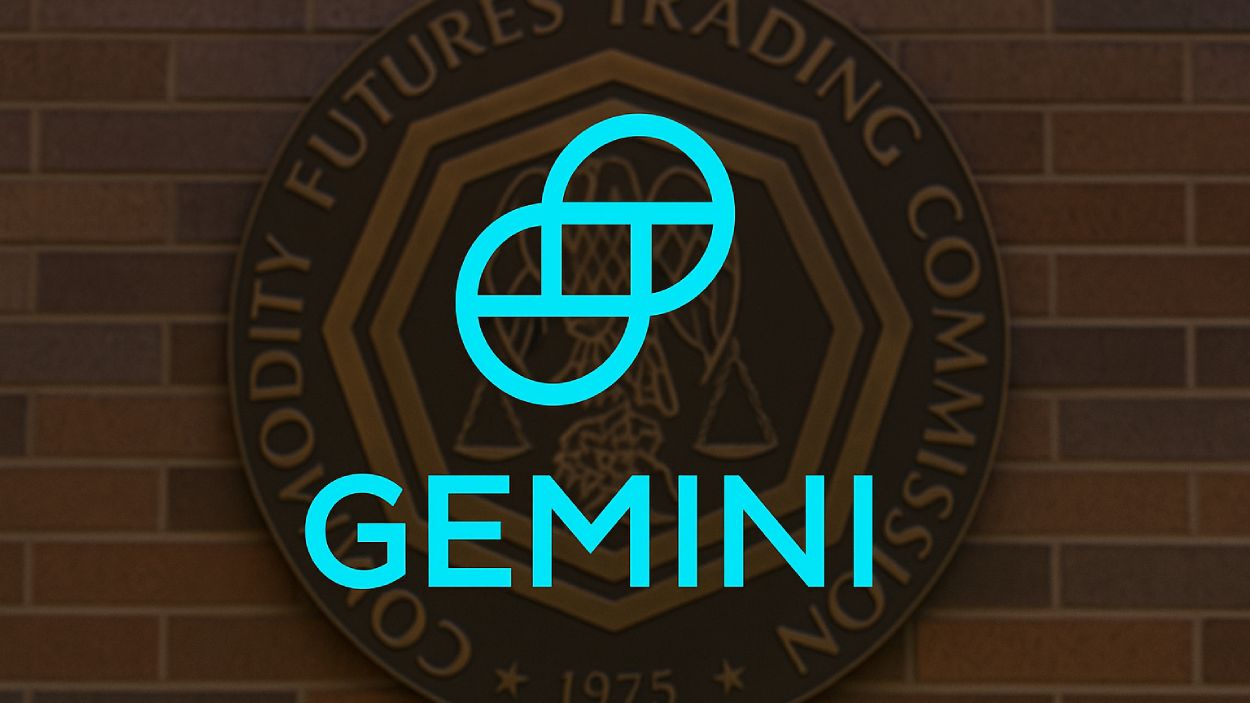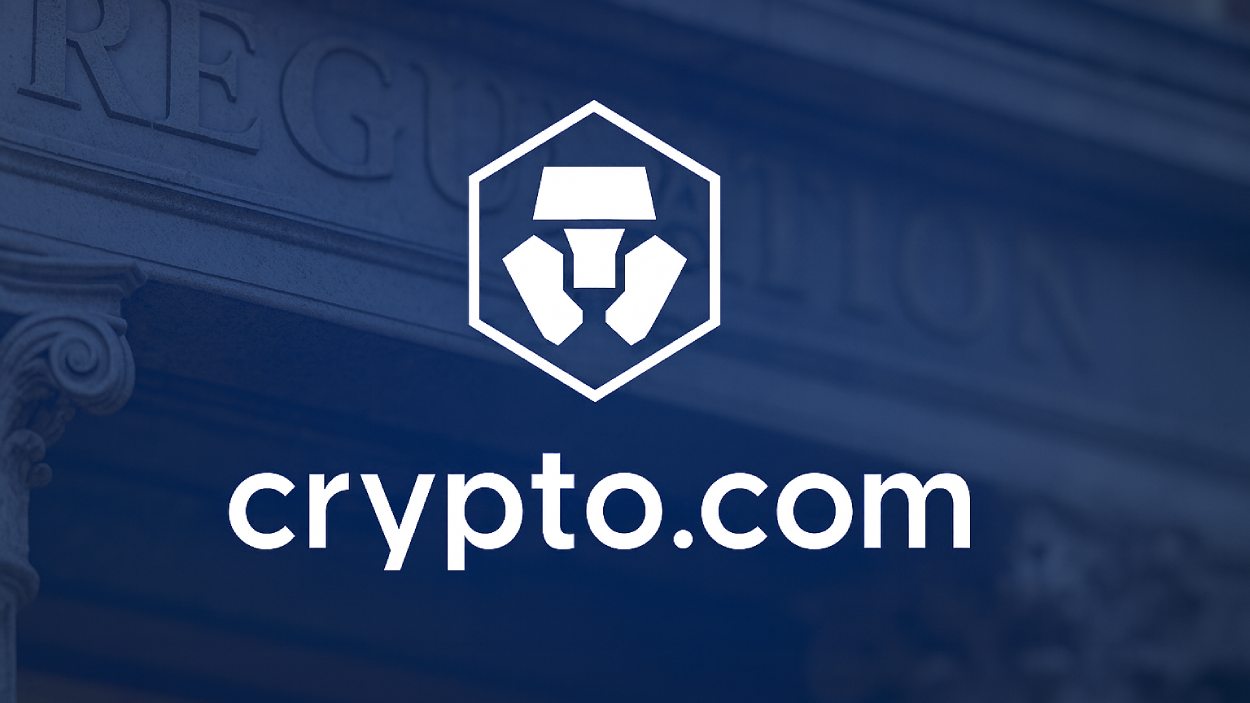Aave DAO has introduced a bold plan to make AAVE token buybacks a permanent part of its financial strategy, aiming to enhance token value and capitalize on strong DeFi revenues.
Key Takeaways
- Aave DAO proposes a $50 million annual buyback plan for AAVE tokens funded entirely through protocol revenue.
- The buybacks will occur weekly, ranging from $250,000 to $1.75 million depending on market conditions and treasury health.
- The initiative follows a successful $4 million buyback earlier this year that led to a 13% price surge for AAVE.
- This strategic move arrives ahead of the v4 upgrade, which will overhaul Aave’s lending infrastructure with a modular and scalable architecture.
What Happened?
Aave DAO is reviewing a new governance proposal that aims to embed a long-term buyback strategy into its core financial operations. Spearheaded by the Aave Chan Initiative (ACI), the plan sets a $50 million annual budget for purchasing AAVE tokens using DeFi-generated protocol revenue.
If passed, the plan would make the DAO a recurring capital allocator, similar to traditional corporate treasuries, as Aave positions itself for deeper institutional growth and token value stability.
We published a governance proposal to enshrine the AAVE buyback program long-term.
— Marc ”七十 Billy” Zeller 👻 🦇🔊 (@lemiscate) October 22, 2025
The AAVE DAO economy is stronger than ever.
Just Use Aave. pic.twitter.com/KHpW3ajPeR
Aave’s Permanent Buyback Plan
The proposal, submitted through the Aave Request for Comment (ARFC) process, aims to formalize token buybacks as a recurring and rule-based feature of Aave’s financial management. Aave’s Finance Committee (AFC) and TokenLogic will jointly execute weekly buybacks, with flexible spending between $250,000 and $1.75 million based on real-time market conditions.
The key goals of the buyback plan include:
- Value Accrual: Creating consistent buy pressure for AAVE tokens.
- Treasury Optimization: Deploying idle assets into productive uses that generate returns.
- Market Stability: Providing systematic and adaptive demand during volatile market conditions.
The AFC will also have the authority to mobilize reserves of AAVE, wETH, and wBTC to fund growth initiatives through debt issuance, yield-bearing strategies, and credit line creation. These actions are designed to maximize capital efficiency without compromising protocol safety. The proposal specifies that health factors for any debt must remain above 2 as a strict risk control measure.
Building on Previous Success
The buyback push builds on Aave’s earlier initiatives. In April, the DAO approved a $4 million buyback, which led to a 13% price spike. More recently, a short-term $20 million buyback was proposed to address perceived undervaluation of the AAVE token, citing ample treasury reserves to support the move without harming operations.
However, the new plan shifts the focus from short-term interventions to long-term, rules-based capital strategy, aligning with how major corporations manage share repurchases.
Timing: Just Before Aave v4 Launch
This move comes at a critical time for Aave as the team prepares for the v4 protocol upgrade, expected in Q4 2025. The upgrade will bring a hub-and-spoke architecture, enabling modular and customizable lending markets, better liquidity routing, and more advanced risk controls.
Highlights of the upcoming v4 include:
- Dynamic risk configurations for managing multi-asset portfolios.
- Custom lending markets through modular “spokes” connected to liquidity “hubs”.
- Scalability enhancements for more efficient asset usage.
This buyback initiative is being viewed as part of the broader “Aavenomics” vision to solidify the ecosystem’s financial strength and support long-term value capture for its community and token holders.
CoinLaw’s Takeaway
In my experience, DeFi projects that treat treasury management with discipline tend to survive and thrive longer. Aave’s move to institutionalize token buybacks marks a smart evolution from reactive tactics to strategic financial planning. I found the proposal’s flexibility especially impressive. It’s not just about buying tokens when prices dip, but about managing revenue with purpose. Combine that with the upcoming v4 upgrade, and Aave is clearly positioning itself for serious long-term growth. This could become a blueprint for how other DAOs manage protocol income moving forward.

